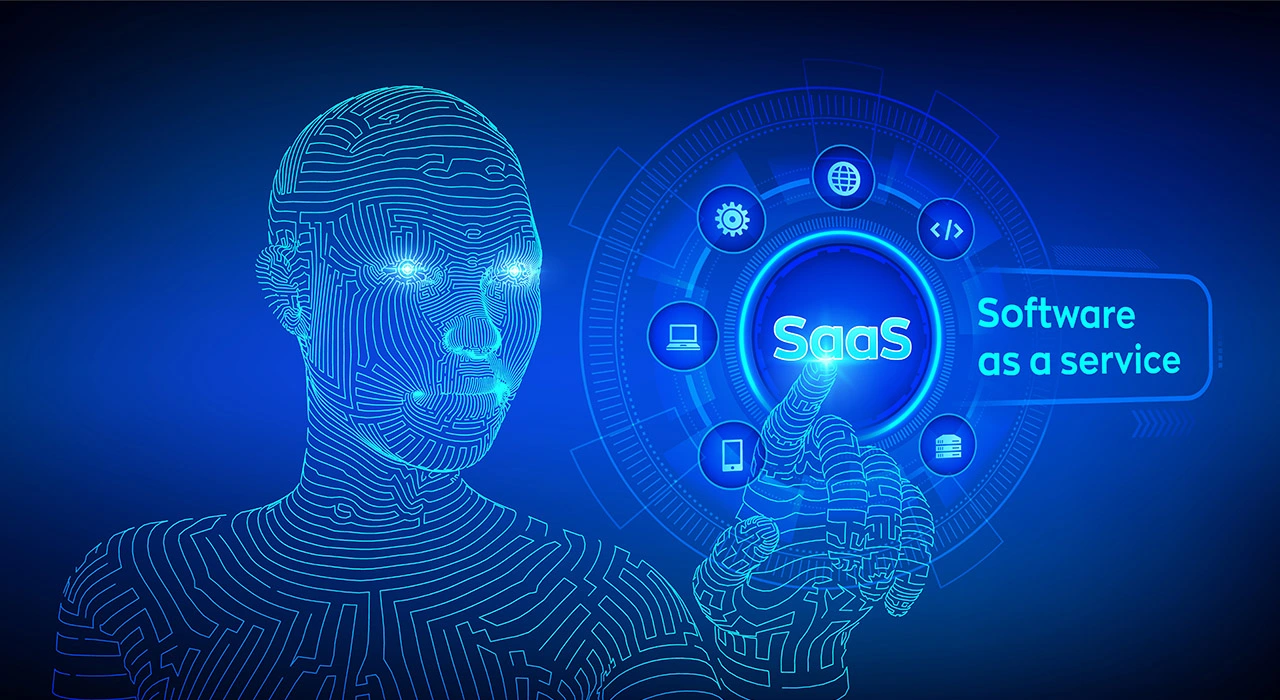
Software as a Service (SaaS) is a cloud computing model that delivers software applications over the internet. Instead of installing and maintaining software on individual devices, SaaS allows users to access and use software applications through a web browser. This article provides a comprehensive overview of SaaS, its benefits, challenges, and its impact on businesses and users.
1. How SaaS Works: In a traditional software model, users purchase licenses and install the software on their local devices. With SaaS, the software is hosted and maintained by a third-party provider, also known as the SaaS vendor, on their servers. Users can access the software through the internet, eliminating the need for local installations and updates.
2. Key Characteristics of SaaS:
- Accessibility: Users can access SaaS applications from any device with an internet connection and a web browser, making it convenient and flexible.
- Scalability: SaaS providers can easily scale their infrastructure to accommodate varying numbers of users and workloads.
- Automatic Updates: SaaS applications are automatically updated by the provider, ensuring users always have access to the latest features and security patches.
- Multi-tenancy: Multiple users share the same instance of the software, leading to more efficient resource utilization and cost savings for the provider and users.
- Pay-as-you-go: SaaS often follows a subscription-based pricing model, where users pay for the services they use, typically on a monthly or yearly basis.
3. Benefits of SaaS:
- Cost Savings: SaaS eliminates the need for upfront hardware and software purchases, reducing initial investment costs for businesses.
- Accessibility: Users can access SaaS applications from anywhere, promoting collaboration and remote work capabilities.
- Scalability: SaaS applications can easily scale up or down based on the changing needs of businesses, providing flexibility and agility.
- Automatic Updates and Maintenance: SaaS providers handle software updates and maintenance, relieving businesses from the burden of managing these tasks.
- Faster Deployment: SaaS applications can be quickly deployed, allowing businesses to start using the software without significant delays.
4. Challenges of SaaS:
- Internet Dependency: SaaS relies heavily on an internet connection, and disruptions can impact access to the software.
- Data Security and Privacy: Storing sensitive data on third-party servers raises concerns about data security and privacy. Choosing a reputable SaaS provider is crucial to address these concerns.
- Customization Limitations: SaaS applications may have limitations regarding customization and integration with other on-premises systems.
- Vendor Reliability: The reliability and performance of SaaS applications depend on the provider’s infrastructure. Downtime or service interruptions can affect business operations.
5. Impact on Businesses and Users:
- Small and Medium-sized Enterprises (SMEs): SaaS provides SMEs with access to sophisticated software at an affordable cost, enabling them to compete with larger enterprises.
- Collaboration and Remote Work: SaaS facilitates collaboration among geographically dispersed teams and enables remote work, especially relevant in today’s globalized business environment.
- Software Industry Transformation: The rise of SaaS has transformed the software industry, shifting from a product-focused approach to a service-oriented one.
- Innovation and Speed to Market: SaaS enables faster software deployment and innovation, allowing businesses to bring new products and services to market more rapidly.
Conclusion: Software as a Service (SaaS) has revolutionized how software applications are delivered, accessed, and utilized. With its cost-effective nature, accessibility, and scalability, SaaS has become a game-changer for businesses of all sizes. As technology continues to evolve, SaaS is expected to play an increasingly significant role in shaping the future of software and driving business growth and innovation.



